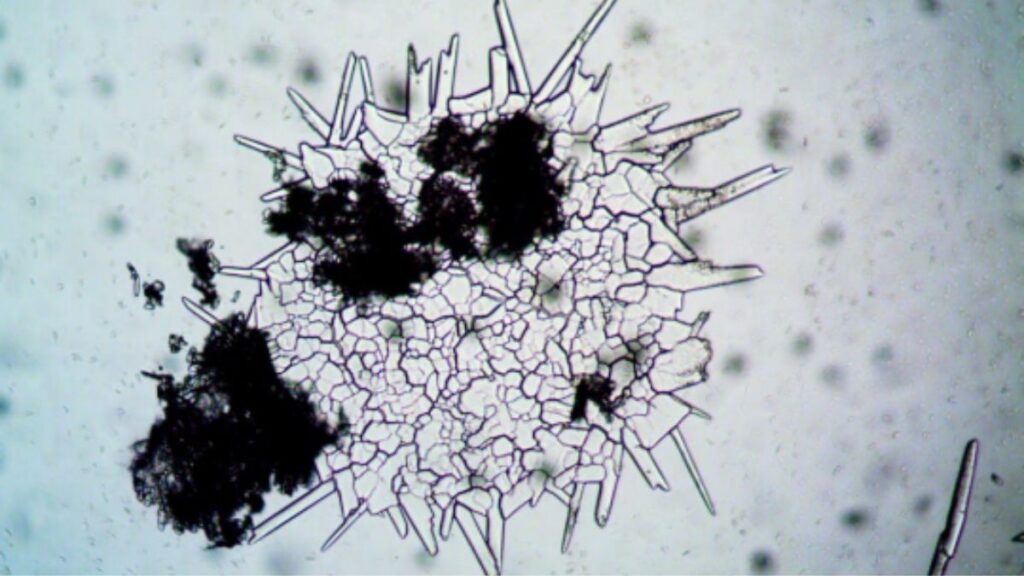Mold damage is one of the most common yet overlooked issues homeowners face. While often easy to ignore at first, the presence of mold can lead to serious structural damage, health concerns, and costly repairs if not addressed promptly. Understanding the causes of mold growth is the first step toward prevention and effective remediation. In this post, we’ll explore the top seven causes of mold damage that every homeowner should be aware of, so you can take proactive steps to protect your home.

Rising Damp
Rising dampness occurs when groundwater from the soil beneath a building’s foundation moves upward through the porous materials of the walls. This moisture can lead to the growth of mold, especially in areas where ventilation is poor. When rising dampness is left unchecked, it allows moisture to seep into the walls, creating a prime environment for mold growth. It’s often difficult to spot until mold has already begun to form, so being vigilant is key. In this case, mold damage experts advise homeowners to regularly check for signs of moisture and mold in basements or lower-level rooms. These areas are more vulnerable to rising dampness.
Poor Ventilation
Inadequate airflow within your home can trap moisture in the air, creating an environment that encourages mold growth. Areas like bathrooms, kitchens, and laundry rooms are particularly susceptible to poor ventilation, as they often experience higher levels of humidity. When humid air has nowhere to escape, it settles on surfaces, making them perfect breeding grounds for mold. Installing exhaust fans, opening windows, and using dehumidifiers are all effective ways to ensure air circulates properly and keeps moisture levels in check.
Leaky Pipes
Plumbing leaks are another common cause of mold damage. Even small leaks can lead to significant moisture buildup inside walls, ceilings, or under floors, creating the perfect conditions for mold to thrive. Often, leaks are hidden, making them difficult to detect until the mold has already started to grow. Regularly inspecting your plumbing for leaks and fixing them promptly can help prevent the water buildup that leads to mold. If you suspect a hidden leak, it’s a good idea to call a professional to inspect and repair the issue before it becomes a major problem.
Flooding and Water Damage
Flooding is one of the most immediate and severe causes of mold growth. After a flood, the moisture introduced into your home can quickly seep into porous materials such as drywall, wood, and carpet, providing mold with all the nutrients it needs to grow. Even small amounts of water left behind from a flood can cause significant mold damage if not addressed within 24 to 48 hours. Proper cleanup, drying, and dehumidification are essential to prevent mold from taking root in the aftermath of flooding. In severe cases, you may need to call in experts for remediation.
Condensation
Condensation occurs when warm, moist air comes into contact with cooler surfaces, causing the moisture in the air to condense into liquid water. This water can accumulate on windowsills, walls, and pipes, leading to mold growth. In homes with poor insulation or in areas of the home where temperature fluctuations are common, condensation is a frequent issue. To combat condensation, ensure that your home is properly insulated, especially in areas prone to temperature differences. You can also use dehumidifiers and open windows to reduce humidity levels.
Attic Ventilation Problems
Many homeowners overlook their attics when it comes to mold prevention. However, attics are particularly vulnerable to mold because of their limited airflow and temperature fluctuations. If your attic is not properly ventilated, the warm air from the living areas below can rise, causing condensation to form on the underside of the roof and on beams. This moisture creates an ideal environment for mold to flourish. Installing proper attic ventilation, including vents or a ventilation system, can help control moisture levels and prevent mold from forming in these often-forgotten spaces.
Damp Building Materials
Building materials such as drywall, insulation, and wood can retain moisture if exposed to high humidity or water damage. When these materials become damp, they provide an ideal environment for mold to grow. Leaking roofs, faulty gutters, or windows that don’t seal properly can lead to water infiltration, and when this happens over time, it can damage the structural integrity of your home. To prevent mold growth caused by damp building materials, make sure to fix any roofing, siding, or gutter issues promptly. Additionally, ensure that your home’s foundation is properly sealed to avoid water intrusion.
Mold damage is a preventable issue when you know the common causes and take steps to address them early. Rising dampness, poor ventilation, plumbing leaks, flooding, condensation, attic issues, and damp building materials all contribute to the growth of mold in homes. Regular maintenance, prompt repairs, and effective moisture control are essential in preventing mold from taking hold and causing extensive damage. By staying vigilant and proactive, you can protect both the health of your family and the structure of your home from the harmful effects of mold.







